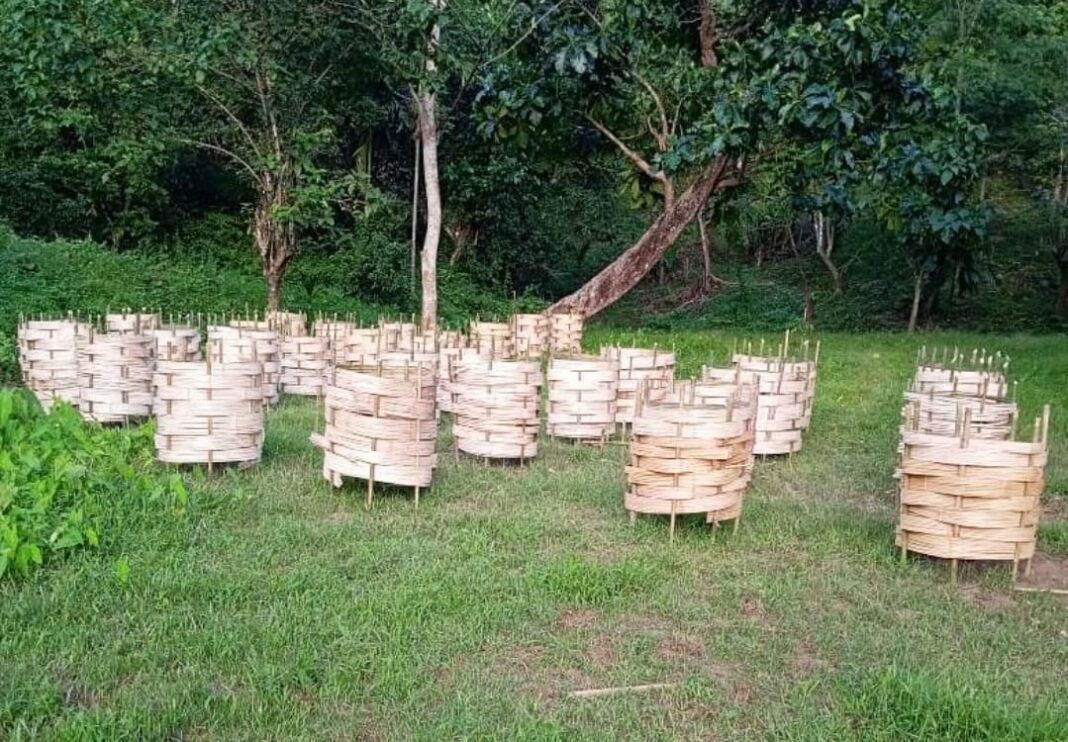Safeguarding and conserving the village’s natural resources is one of the main objectives of Community Led Landscape Management Project (CLLMP), the externally aided project of MBMA. The project is funded by World Bank.
The project has adopted 40 villages in the West Garo hills to implement various NRM activities at the community level. Agroforestry is only one of several approaches. Agroforestry has been actively practised in Chandapara and Rongbokgre villages by village natural resource management committees. Those two villages fall under Dalu block in West Garo Hills Meghalaya. The community is engaged in this activity because agroforestry is vital since it allows the use of forest trees for farming purposes, which benefits and serves both the community and the environment. The communities mainly dependent on agriculture. Besides paddy fields they owned, they largely cultivate cash crops that includes areca and cashew nuts.
The forest covers of the communities have been devastated in recent years due to rampant deforestation for agricultural purposes with the practise of jhum farming. As a result, the bulk of the species found here are now categorised as rare or endangered.
Since the CLLMP intervention started in 2021, the communities of Chandrapara have planted 125 saplings of lemon, mango, Burmese grapes, and mandarin on about 1 Ha of land. Whereas in Rongbokgre village, the community has planted lemon saplings on about 5.5 Ha of land. The community is continuing to plant more saplings on another 2.4 Ha of land.
The CLLM Project has established three types of agroforestry at various locations. The community took up planting food-bearing crops for its own consumption and also to sell in local markets. They also wanted to produce agriculture and forest seedlings in the region they had previously abandoned. The community admits the goal of establishing agroforestry and growing lemons is to prevent soil surface runoff and soil erosion while also helping to enhance the environment. The communities are in high hopes that the topsoil, which has been washed away by the rainwater, will be restored and the soil will become fertile again.
Agroforestry has been proven to contribute towards increasing and maintaining soil fertility through the provision of litter which goes to increase soil organic matter. In general, more species diversity is preferable since it leads to a fuller occupation of space above and below the soil, and variation in the features of the litter generated can sustain a higher degree of soil biodiversity with good impacts on fertility.




